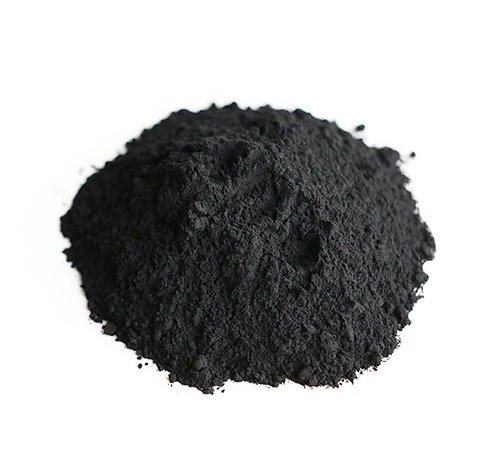Physical properties of activated carbon:
Activated carbon is a kind of carbon with multiple pores. It has a very rich pore structure and good adsorption characteristics. Its adsorption effect is formed by physical and chemical absorption and its appearance is black. In addition to the main carbon, its composition also contains a small amount of hydrogen, nitrogen, and oxygen. Its structure looks like a hexagon.activated carbon powder Due to the irregular hexagonal structure, it is determined that it is mostly solid and has a high surface area. Characteristic, each gram of activated carbon has a specific surface area equivalent to 1,000 square meters.
Activated carbon material:
Activated carbon is mainly made of materials with high carbon content, such as wood, coal, fruit shells, bones, and petroleum residues. With coconut shell as the most commonly used raw material, under the same conditions, the active quality and special characteristics of coconut shell activity are the best because it has the largest specific surface area.
The cost of activated carbon:
If the cost of activated carbon is calculated based on the raw material, the most expensive is coconut shell, followed by wood quality and coal quality. However, the deep processing of activated carbon can have many levels. Different deep processing of the same product will also cause a big difference in cost. Customers still need to Choose the corresponding activated carbon product for your actual application.
The production process of activated carbon:
Activated carbon can be produced by physical steam method and chemical method according to the production method. Here, we will focus on the production of physical steam method. Generally, production is divided into two processes. The first step is carbonization. The raw materials are dried at a temperature of 170 to 600. , And carbonize 80% of its organic tissue in the same amount. The second step is activation. The carbonized material that has been carbonized in the first step is sent to the reaction furnace to react with the activator and steam to complete the activation process and make a finished product.
In the process of endothermic reaction, CO and H2 combined gas is mainly produced, which is used to heat the carbonized material to an appropriate temperature (800 to 1000 degrees), remove all its decomposable substances, and produce abundant pore structure and huge specific surface area. The activated carbon has a strong adsorption force. Activated carbon produced from different raw materials has different pore sizes. Among them, the pore size of coconut shell is the smallest, the pore size of wood-based activated carbon is generally larger, and the pore size of coal-based activated carbon is between the two.
The pore size of activated carbon is divided into three categories: macropores: 1000-1000000A transition pores: 20-1000A micropores: 20A. According to the above characteristics, it can be seen that for different adsorption objects, the corresponding activated carbon needs to be selected to achieve the best Cost-effective, therefore, in liquid phase adsorption, activated carbon with more transition pores and larger average pores should be used.https://www.granular-activated-carbon.com


